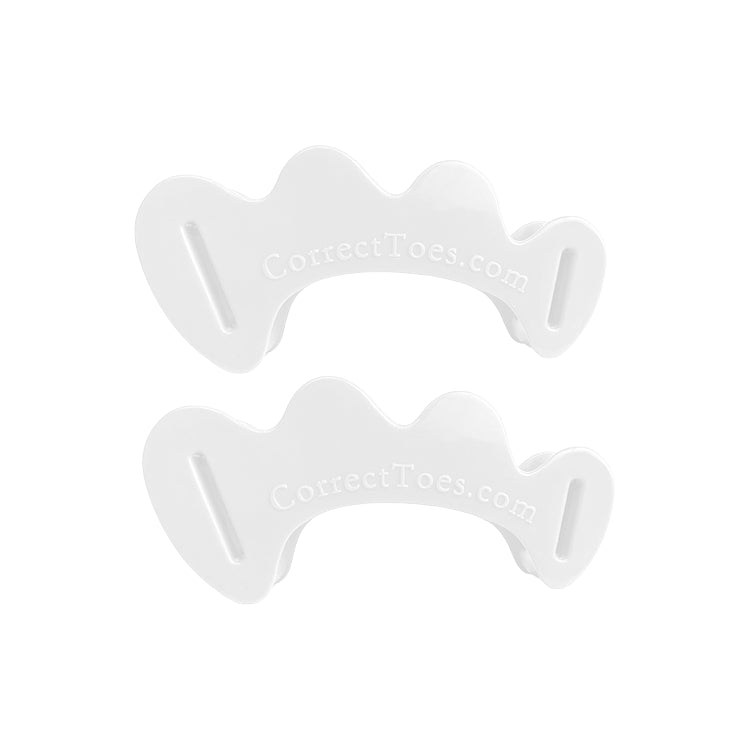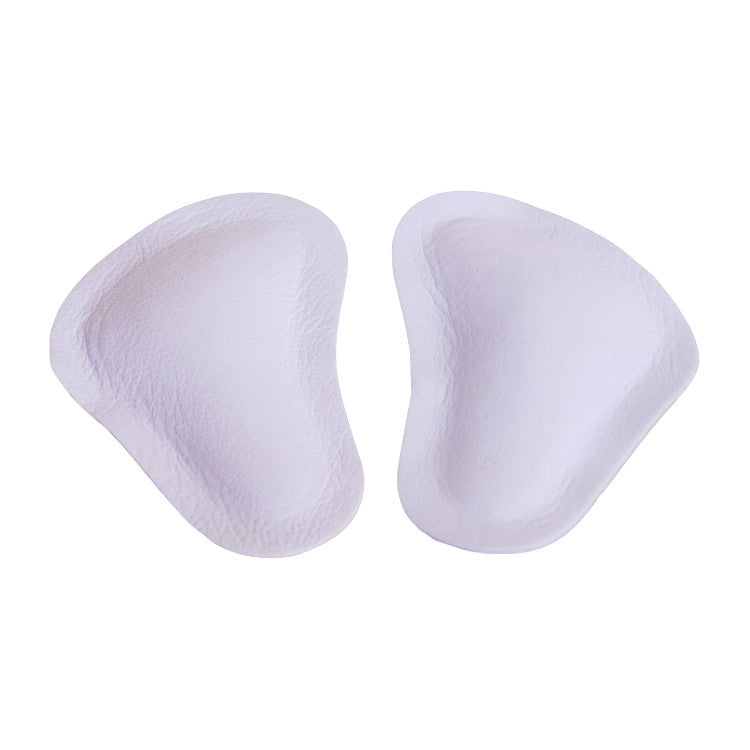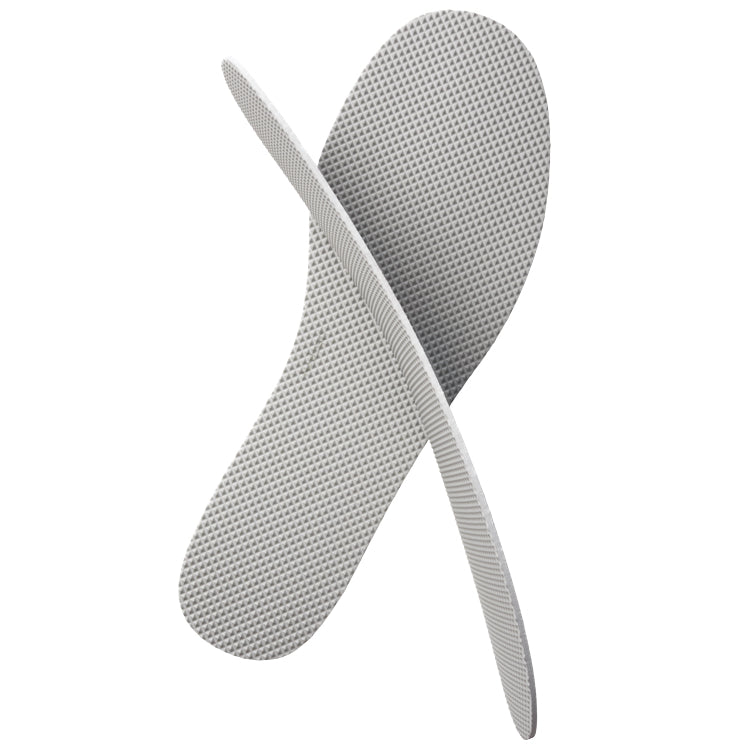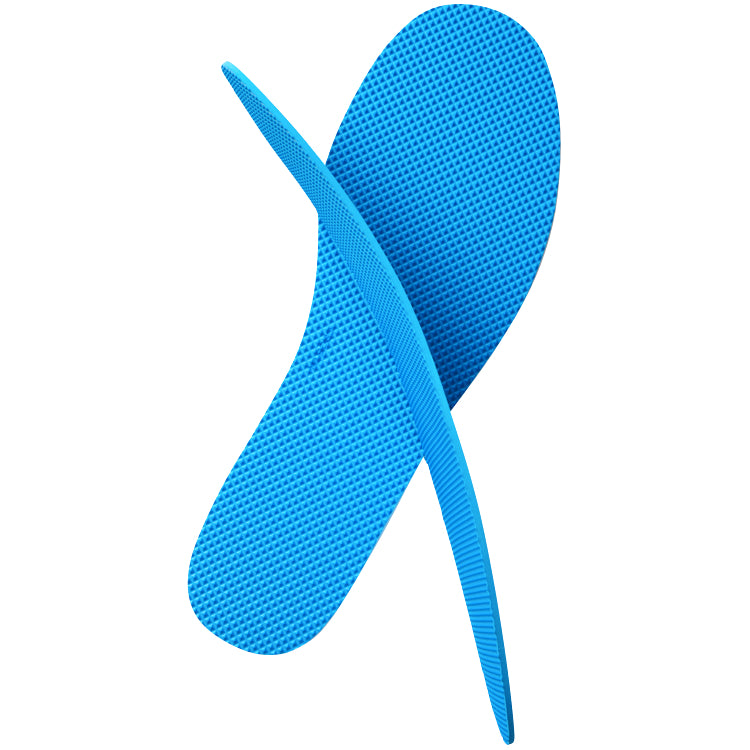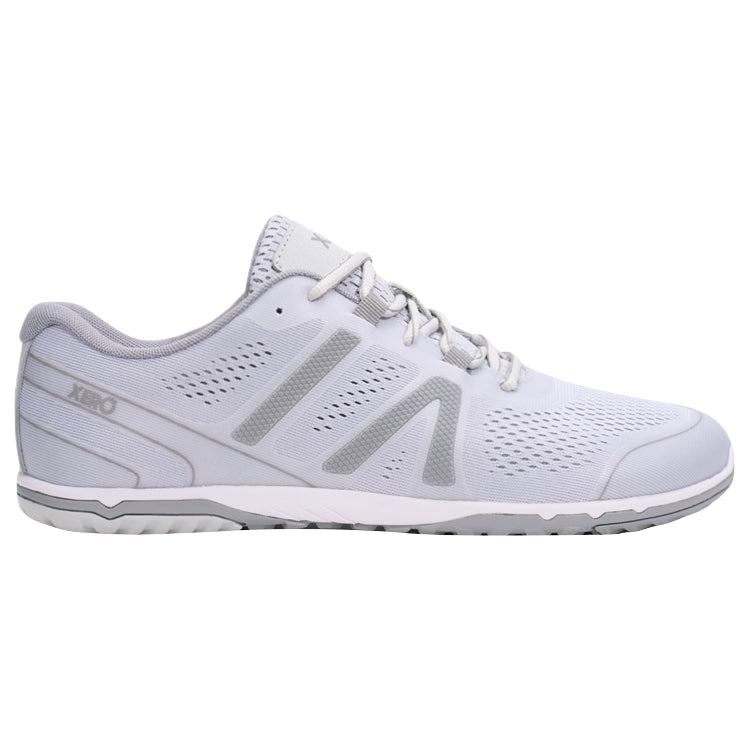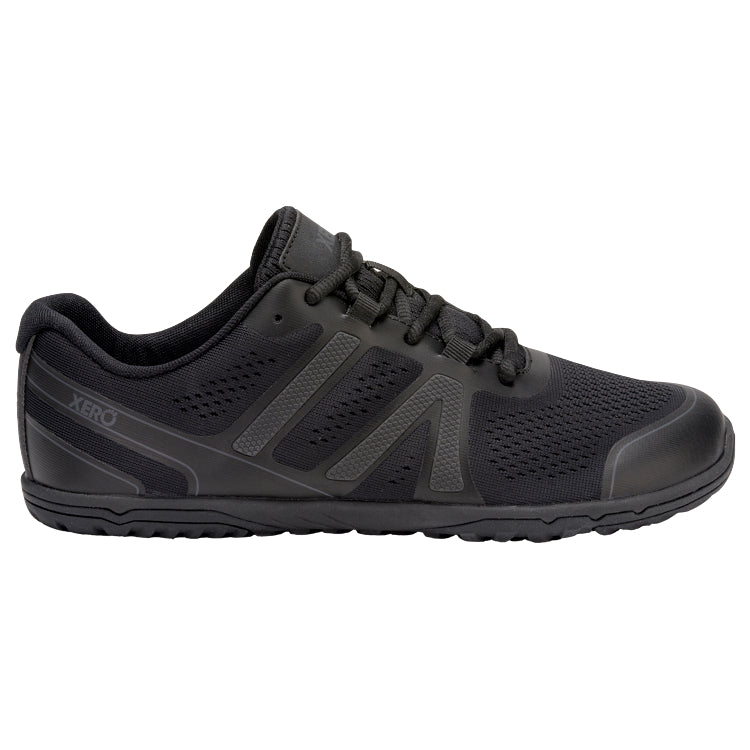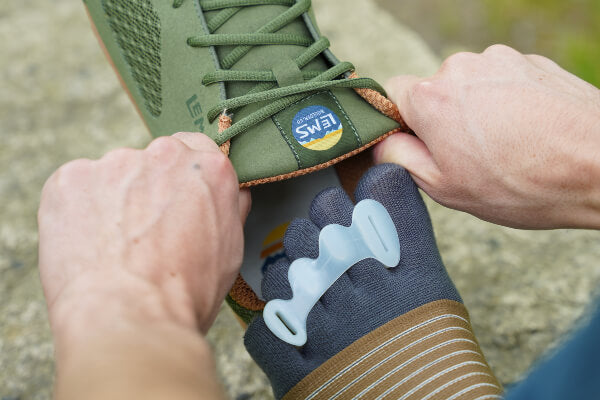
The Shoe Liner Test is an important measure of how foot-healthy a shoe is and whether or not the shoe will accommodate natural toe splay (preferably enabled by Correct Toes). Ideally, we want to see the foot (with Correct Toes on) exist fully within the margins of the shoe liner. And that's the case most of the time for the men’s and women’s footwear we feature on our site. In some cases, however, there may be a small amount of liner spillover, usually involving parts of the big and little toes. As long as the spillover is not excessive, this can actually be okay if the following two conditions are met:
- The shoe has a sufficiently soft and expansile upper (such as the upper of the Lems Primal 2 shoe)
- The shoe's toe box exhibits some curvature (i.e., outward bowing) in its sidewalls
These two design features can, in many cases, accommodate a small amount of liner spillover, so it's important to keep this in mind when performing the Shoe Liner Test on your own shoes. Though it's also important to consider how your foot feels inside the shoe, for most people (especially those who are accustomed to having their toes squished inside conventional footwear), it can be difficult to accurately assess toe box width and whether or not there is any toe impingement occurring. One of the virtues of the Shoe Liner Test is that it asks you to rely more on your eyes and on objective findings than on the subjective feel of the shoe on your foot.
For those who experience a small degree of liner spillover, you can also consider permanently removing the liner to create a bit more space for your foot and toes inside your shoe.

WANT TO IMPROVE YOUR FOOT HEALTH?
Let the team at Natural Footgear help you! Subscribe to our newsletter for the latest offers and helpful info, and sign up for our FREE email courses on various topics and foot health conditions.
Sign Up →
Want to Improve Your Foot Health?
We are here to help you every step of the way. Get our newsletter for the latest offers and helpful info, and sign up for our FREE email courses on various topics and conditions, including bunions, hammertoes, neuromas, plantar fasciosis, shin splints, ingrown toenails, and more.
Sign Up →
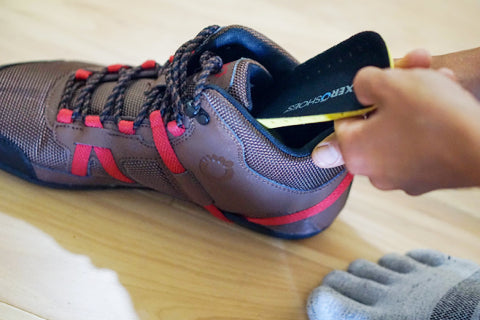 Most modern footwear comes with a removable liner or insole that sits in the bed of the shoe. Many people try on shoes and wear them for most of their lives without considering how the liner affects the overall fit and function of the shoe. It’s worth asking: If the liner was never meant to be removed, wouldn’t it be stitched into the shoe? Could it be that the shoe...
Read more
Most modern footwear comes with a removable liner or insole that sits in the bed of the shoe. Many people try on shoes and wear them for most of their lives without considering how the liner affects the overall fit and function of the shoe. It’s worth asking: If the liner was never meant to be removed, wouldn’t it be stitched into the shoe? Could it be that the shoe...
Read more



